It is widely held among coffee aficionados that a high-quality coffee grinder is an essential tool in the pursuit of exceptional coffee. Choosing the right grinder, however, involves a decision between two main types of burrs: the flat burr and the conical burr. In this article, we will take a look into the question of which type of burr produces the best coffee, leaving no stone unturned in our quest for a perfect cup.
A Closer Look at the Burr Debate
The comparison between flat and conical burrs is nuanced, transcending simple flavor profiles such as "chocolaty" for conical burrs and "clear" for flat burrs. Factors such as the burr's geometry and rotation speed play pivotal roles in the outcome of the grind.
Consequently, it is not a general truth that one burr type always produces a specific flavor profile over the other. Innovations in burr design mean that conical burrs can yield the clarity typically associated with flat burrs, and vice versa, challenging the conventional wisdom surrounding burr preferences.
The Impact of RPM in Grind Size
Moreover, the effect of the grinder's RPM (revolutions per minute) on the grind size distribution is significant. A lower RPM results in a tighter grind distribution, enhancing the uniformity of the coffee particles and potentially leading to a more balanced extraction. This aspect of grinder technology underscores the importance of understanding the operational characteristics of a grinder beyond its burr type.
What are Flat Burrs and Conical Burrs?
Before delving into the pros and cons of different burr types, it's crucial to understand their mechanics. The burr, an essential part of a coffee grinder, is responsible for breaking down coffee beans into grounds. It consists of two interlocking parts—one stationary and the other rotating—featuring sharp surfaces that crush beans as they pass through. These parts work together to determine the fineness or coarseness of the resulting coffee grounds.
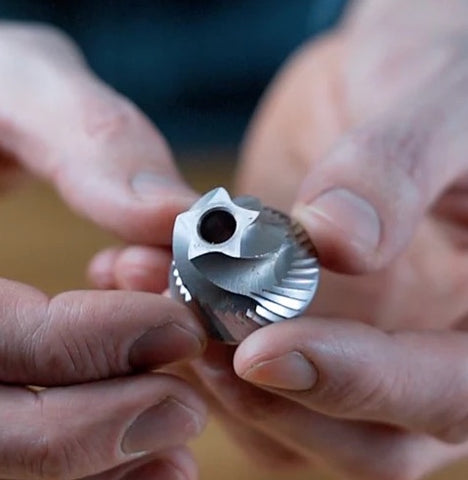
Conical Burr Grinders
Conical burrs feature a cone-shaped burr that fits into a ring-shaped burr, creating a somewhat different grinding action. The beans are dropped into the top of the cone and are ground between the burrs as one rotates while the other remains stationary. This action tends to produce less heat due to its lower RPM.
Advantages of Conical Burrs
Conical burrs are known for their versatility. This type of burr possesses the capability to process a broad spectrum of grind sizes, ranging from coarse for French presses to fine for espresso. In addition, conical burrs are generally simpler to cleanse compared to flat burrs. The cone shape enables larger coffee particles to effortlessly separate, mitigating the possibility of blockages.

Flat Burr Grinders
In contrast, flat burrs like SSP burrs consist of two parallel circular plates equipped with sharp ridges or teeth. These plates are aligned in parallel with one plate remaining stationary while the other rotates. The coffee beans are fed into the center of the burrs and are crushed between the plates as they move toward the outer edges.
Flat burrs are renowned for their capability to deliver an even grind, rendering them a favored preference amongst adept baristas. The uniformity in the particle size of the ground coffee is vital to a balanced extraction.
Advantages of Flat Burrs
Flat burrs, characterized by parallel grinding discs, produce uniform grinds crucial for espresso extraction. However, they tend to generate more heat during the grinding process compared to conical burrs, which may affect coffee flavor, particularly in espresso. Additionally, flat burr grinders often come with a higher price tag than conical burr grinders.

Which One is Right for You?
Deciding on a grinder depends on your preferences: choose a flat burr grinder for consistent grinds and balanced coffee, or a conical burr grinder for versatility and handling various grind sizes.
The Bottom Line
Ultimately, the selection of either flat burrs or conical burrs relies on personal preference. Enthusiasts who only have one brewing method might lean towards flat burr grinders owing to their unwavering uniformity. Meanwhile, those who alternate between various coffee brewing methods may opt for conical burr grinders due to their adaptability and simplicity of maintenance.
FAQ
Are flat burrs better than conical burrs?
Not necessarily. The outcome depends on various factors like burr geometry and rotation speed, not just the type. Your choice should align with your brewing preferences and the specific characteristics you seek in your coffee.
Is a flat or conical burr grinder better for pour-over?
Both flat and conical burr grinders can be good for pour-over. The choice between flat and conical burrs for pour-over isn't clear-cut. It depends on the grinder's specific design and operational features. Both can achieve the grind consistency suitable for pour-over, so consider other factors like ease of use, price, and personal taste preference.
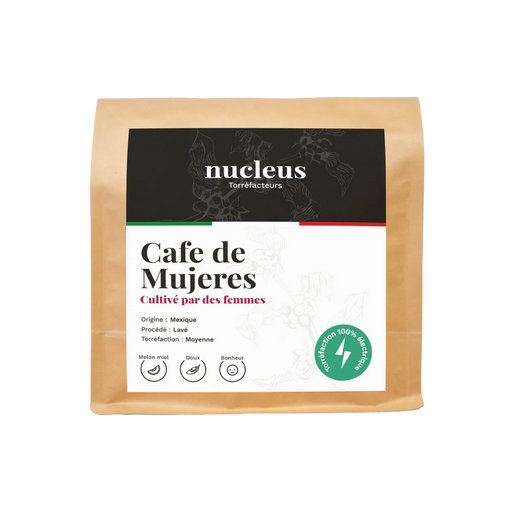

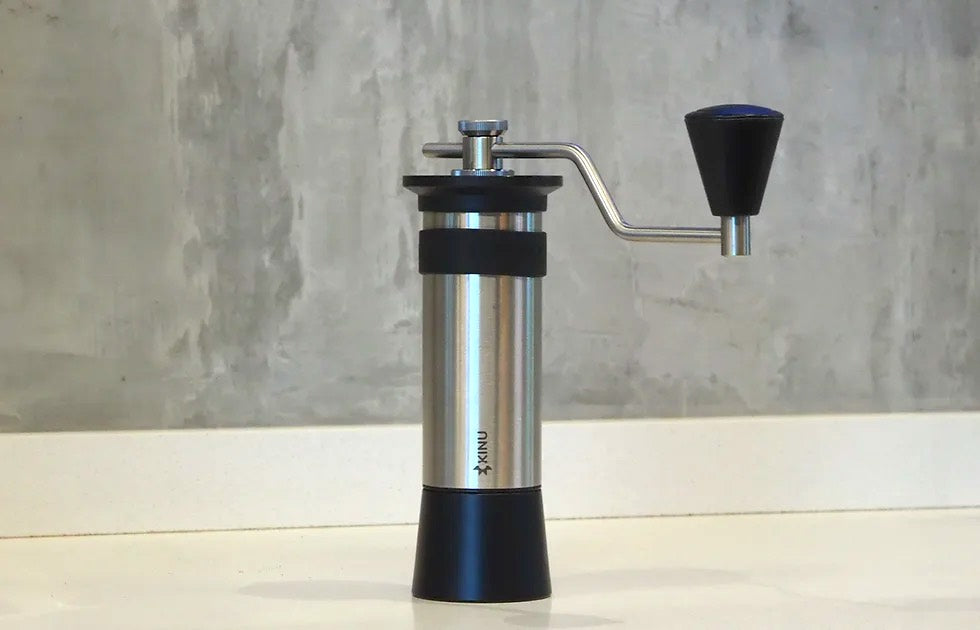



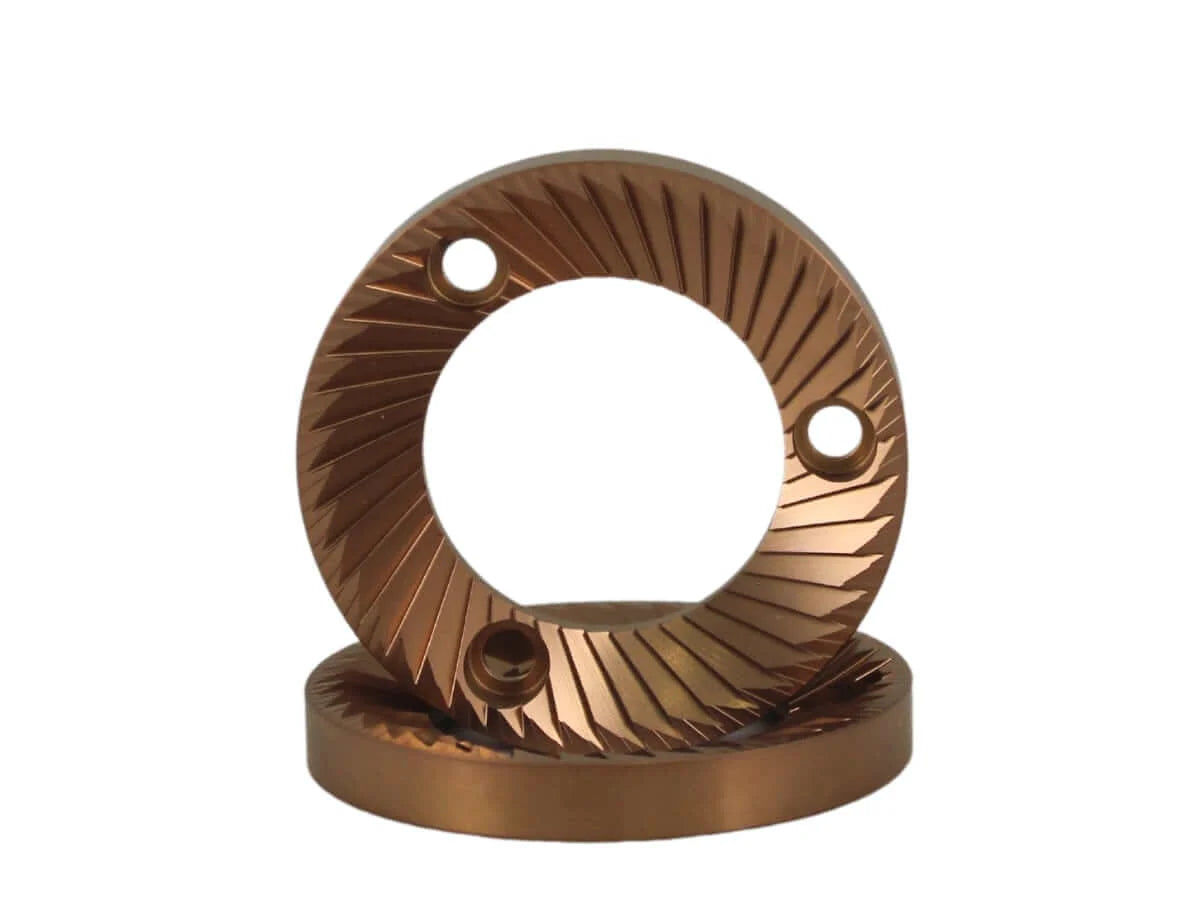
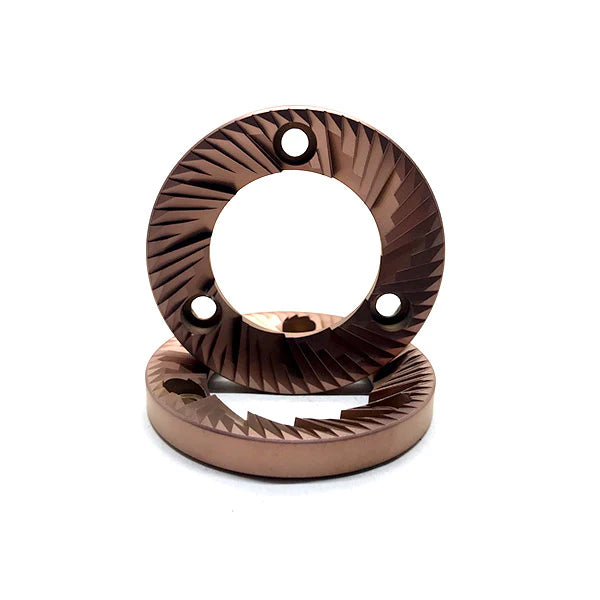






Comments
There are no comments.
Your comment